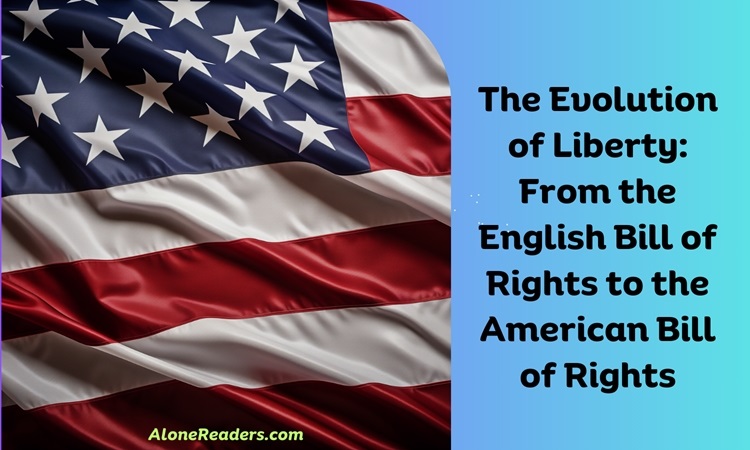
The English Bill of Rights, enacted in 1689, marked a significant turning point in the history of constitutional law, establishing a set of principles that would profoundly influence future democracies, most notably the United States. This pivotal document emerged in the wake of the Glorious Revolution in England, a period marked by political turbulence and a redefinition of the relationship between the monarchy, Parliament, and the people.
At its core, the English Bill of Rights was a response to the perceived abuses of power by King James II. The document was revolutionary for its time, setting forth a number of rights and principles that curtailed the authority of the crown and laid the groundwork for a constitutional monarchy. Among its key provisions were the right to free elections, the right to a fair trial, the prohibition of cruel and unusual punishment, and the limitation of the monarch's power to suspend laws or levy taxes without Parliament's consent. These principles were not merely legal norms but also reflected a broader philosophical shift towards the recognition and protection of individual rights.
The American colonies, still under British rule, were deeply influenced by these developments. The colonists, many of whom were of English descent, brought with them a keen awareness of their rights as Englishmen. As tensions between the colonies and the British crown escalated in the 18th century, the principles enshrined in the English Bill of Rights became a rallying point for the colonists' demands for self-governance and respect for their rights.
The American Revolution, which culminated in the Declaration of Independence in 1776, was in many ways a continuation of the struggle for rights that had begun with the English Bill of Rights. The Founding Fathers, well-versed in the English legal tradition, drew heavily from this document when drafting the United States Constitution and, subsequently, the Bill of Rights. The influence of the English Bill of Rights is evident in several amendments in the American Bill of Rights, particularly those related to the rights of the accused in criminal proceedings, the protection against unreasonable searches and seizures, and the right to a fair trial.
The First Amendment of the U.S. Constitution, guaranteeing freedom of speech, religion, and the press, echoes the liberties that were beginning to be asserted in England in the late 17th century. Similarly, the Eighth Amendment's prohibition of cruel and unusual punishment has its roots in the English document. These parallels are not coincidental but a testament to the enduring legacy of the English Bill of Rights as a foundational text in the history of democratic governance.
The transition from the English Bill of Rights to the American Bill of Rights also reflects a broader shift in political thought. While the English document was primarily concerned with defining the relationship between the monarchy and Parliament, the American Bill of Rights placed a greater emphasis on the individual's relationship with the state. This shift signified an evolution in the concept of rights from a set of privileges granted by a monarch to inherent attributes of individuals.
Furthermore, the American Bill of Rights expanded on the English precedent by explicitly enumerating rights and ensuring their protection against infringement not just by the federal government but by state governments as well. This broader scope of protection marked a significant advancement in the legal safeguarding of individual liberties.
The legacy of the English Bill of Rights in American constitutional law is profound. It not only provided a template for the American Bill of Rights but also laid the groundwork for a shared Anglo-American legal tradition that values the protection of individual liberties and the rule of law. This shared tradition continues to influence legal thought and democratic principles in both countries and beyond.
In conclusion, the English Bill of Rights was more than a historical document; it was a catalyst for a new era of constitutionalism. Its influence on the American Bill of Rights is undeniable, serving as both inspiration and foundation for the principles that define American democracy. The journey from the halls of English Parliament to the drafting rooms of the American Constitution is a testament to the enduring power of ideas and the unrelenting human pursuit of liberty and justice.